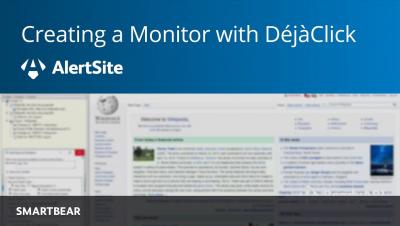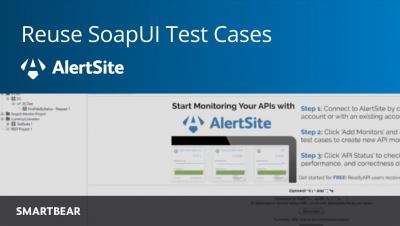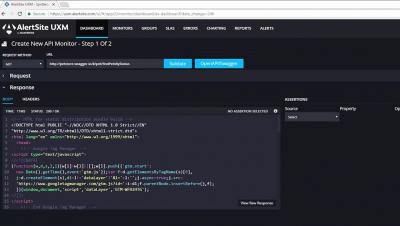Systems | Development | Analytics | API | Testing
%term
API Testing and Monitoring with ReadyAPI & AlertSite
Analysing your load testing results with Load Impact Insights
The Cloud of Yesterday, Today, and Tomorrow
Cloud computing in the form we understand today started around 10 years ago, with the launch of Amazon Web Services (AWS). This was the first commercially viable option for businesses to store data in the cloud rather than on-premise and acted as a shared service for anyone connecting to the platform.
Building the Best Enterprise Data Strategy in 2018: How Our Customers Are Getting There
It’s an exciting time to be working in the Cloud, Big Data, and Machine Learning industry, but it’s even more exciting to hear how Talend customers are building their data strategy to drive business results. Every year we invite representatives from some of our most strategic customers to join us for two days to share their experiences with Talend’s products and provide input into our roadmap.
Digital transformation in the public sector: balancing the risks with data-driven cyber security
The 35 million people who saw Skyfall back in 2012 were in for a treat – thrills, tension, and a spectacular hacking attempt against the UK public sector. While many have picked up on the evident flaws in the Bond version of MI6’s approach to cybersecurity, the film provokes an interesting reminder that in our rush to digitize public services, there is certainly more to be done in ensuring that these services are secure.
How to Create Your First API Monitor in AlertSite
The Paradise Papers: How the Cloud Helped Expose the Hidden Wealth of the Global Elite
In early 2016, the International Consortium of Investigative Journalists (ICIJ) published the Panama Papers –one of the biggest tax-related data leaks in recent history involving 2.6 Terabytes (TBs) of information. It exposed the widespread use of offshore tax havens and shell companies by thousands of wealthy individuals and political officials, including the British and Icelandic Prime Ministers.
Why We Don't Have Customer Support Representatives at Bugfender
We’ve often asked ourselves: What’s the most natural way to provide customer support to our users?
How to Structure Your Business to Make Better Use of Data
A few years ago, Starbucks’ director of analytics and business intelligence, Joe LaCugna, said the Seattle coffee giant once struggled to make sense of the data pouring in from its loyalty card holders, which at the time was over 13 million and comprise 36 percent of all Starbucks’ transactions.







